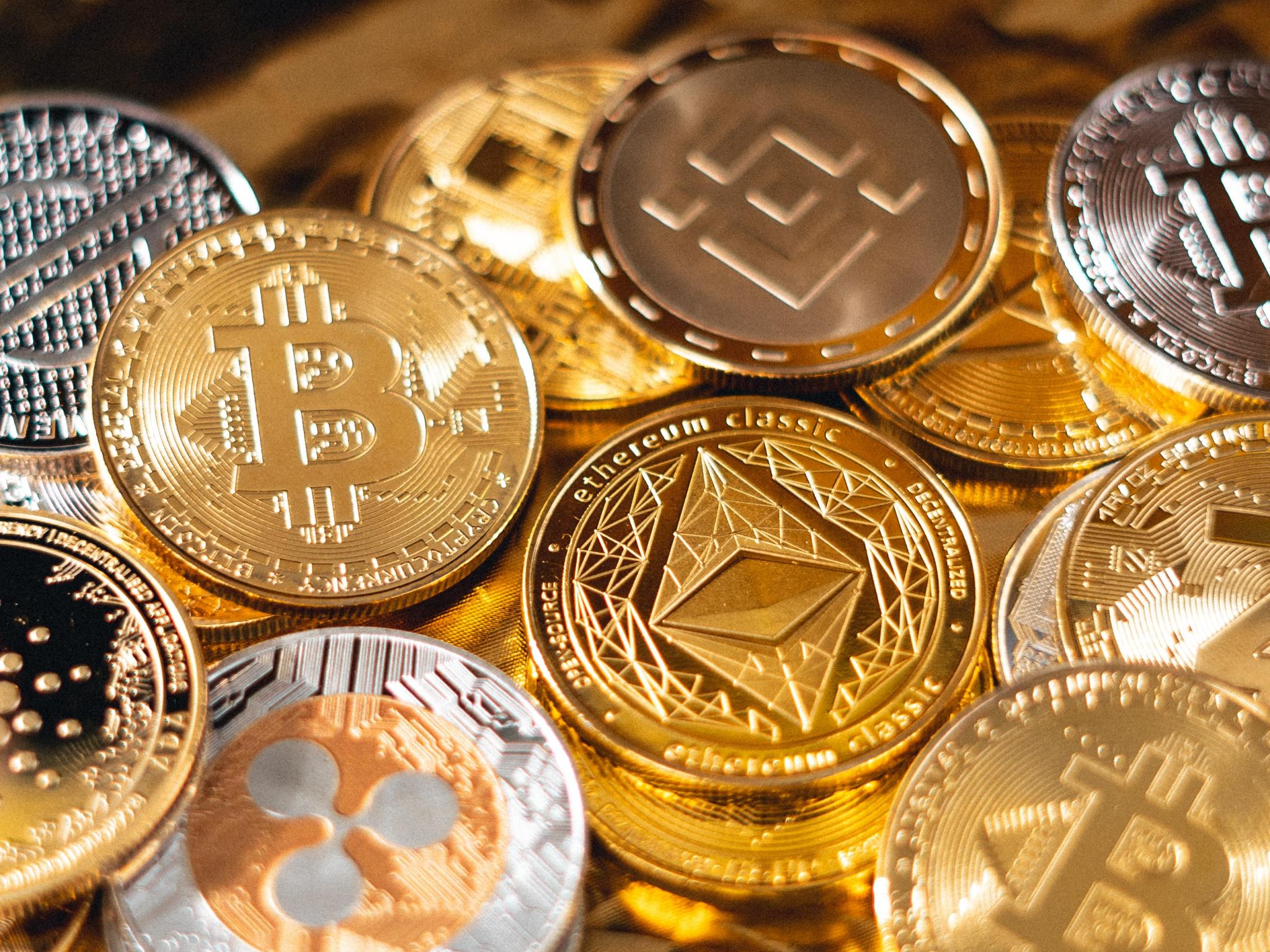
With more than 10,000 crypto tokens in the burgeoning crypto market today, investors must evaluate their investments for positive returns
Ever since the launch of Bitcoin (CRYPTO: BTC) as a peer-to-peer digital currency that espoused the virtues of blockchain technology, the world has been increasingly warming up to the concept of a decentralized future where humans can transact with each other and businesses, without the involvement of any central banking authority. An increasing number of digital currencies, or cryptocurrencies as they are better known, have sprung up ever since with many competing with each other to amass more users and investor alike. Over the last few years, the rapidly growing pace of crypto adoption has led to a boom in cryptocurrency prices, drawing even larger swathes of investors to this thriving asset space. However, this has also led to a rise in the number of crypto tokens going bust, as bad actors try to swindle investor capital through pump and dump schemes, rug pulls and Initial coin offering (ICO) frauds are among other types of cyber thefts. This makes it even more important for newbie investors to conduct their own thorough research and invest only in those crypto tokens that pass a number of evaluation criteria as listed below:
Selecting crypto tokens with real-world use cases
While every crypto token can be traded for the short term, crypto investors would do well to invest in those tokens that have sound fundamentals in order to benefit from long-term capital appreciation. From this value investing perspective, it is advisable to invest in only those crypto tokens with an underlying blockchain project that offers a product or service and which are adding tremendous value by decentralizing traditional businesses like banking, art, gaming and trading amongst others.
Despite cryptocurrencies like BTC, Ethereum (CRYPTO: ETH), Solana (CRYPTO: SOL), Cardano (CRYPTO: ADA) , and also seemingly more popular crypto tokens, it is important to note that there are many other new-age projects providing services as well. These new – age projects are cloud computing, video streaming, decentralized storage and energy marketplaces, that could potentially be gamechangers in the space they are operating in. Crypto tokens like Polygon (CRYPTO: MATIC), Polkadot (CRYPTO: DOT), Storj (STORJ), Golem (CRYPTO:GLM), Cosmos (CRYPTO: ATOM), Theta (CRYPTO: THETA), Zilliqa (CRYPTO: ZIL), Filecoin (CRYPTO: FIL), Quant (CRYPTO: QNT), Arweave (CRYPTO:AR) are just a few prime examples that investors could consider when studying new proyects.
Ensuring the governance and funding mechanism is robust
While most crypto tokens adopt a proof-of-work (PoW) or proof-of-stake (PoS) consensus mechanism to validate transactions in their blockchains, there are a number of scaling solutions being launched that have a slightly different approach to governance and use an off-chain consensus feature to accommodate a higher transaction speed on their platforms. While this may not seem important for the average crypto investor, it is vital to ensure that the crypto token can consistently function even during bouts of market volatility and support the central product or service, without crashing in value like in the case of the Terra and Luna token. With a number of different types of crypto tokens such as meme coins, altcoins, and stablecoins available today, investors should be sure of the stability provided by the primary governance structure before committing themselves with their invested capital.
When crypto tokens are launched through an initial coin offering (ICO), the cryptocurrency equivalent of an initial public offering (IPO), the funds raised are used to power the underlying blockchain project and documented in the token’s whitepaper. Investors should carefully read through this document to validate whether the funds raised through an ICO are secured, put to use effectively, and do not raised suspicions that would indicate a potential rug pull in the future.
Evaluating tokenomics, market potential and market capitalisation
For investors looking to invest in a particular crypto token for the long term, it is crucial to understand the token’s economics, or tokenomics as it is known within the crypto community, to identify potential red flags and avoid investing in risky tokens. Factors such as the maximum permissible token supply, the current number of tokens in circulation, percentage of tokens being held by large investors or crypto whales and how the tokens are minted or burnt are important to understand how the particular token will fare in the longer term. Crypto tokens with a finite supply and which are held more evenly across its entire investor base are a better bet than those which are controlled by a select few crypto whales.
Gaining insights from technical indicators, direct competitors and peers
Despite all the above factors, it is pertinent that investors consider key indicators such as volatility, risk to return ratio, Sharpe ratio and other technical indicators before taking a fresh position in a particular crypto token. Tokens that are in a prolonged bear should be tracked for fresh entry on signs of a reversal. On the other hand, those crypto tokens that are in an extended bull run require investors to exercise caution so as to avoid buying at the peak of their rally.
It is always a good idea to look at the all the crypto tokens operating in a particular sector or industry, to understand which amongst them offer better investment potential. Competitor tokens will always be the best critics of each other and can be found on social networking platforms like Telegram, Reddit and Discord.
While the above framework provides crypto investors with a basis to make investing decisions in the bustling crypto market, there are risks associated with investing in cryptocurrencies due to the ever-changing market dynamics. Choosing fundamentally sound crypto projects that are undervalued when compared to peers or traditional businesses operating in the same space offer a higher chance of not only generating large returns in the long run, but also the opportunity to invest in projects that will lead humans to a decentralized future.







